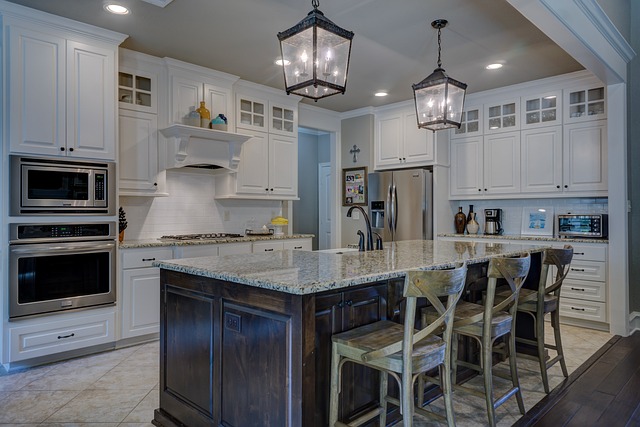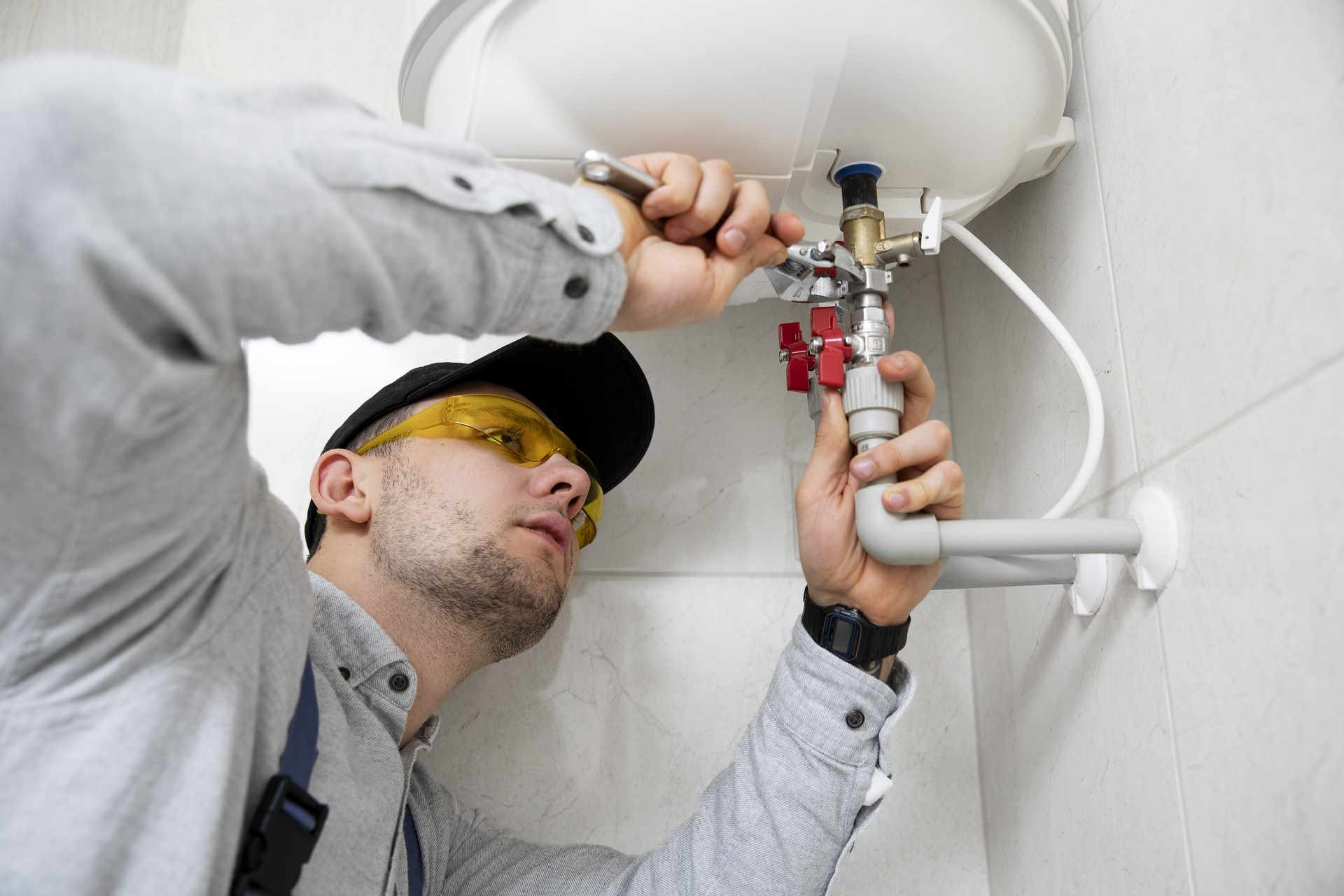2025 Kitchen Trends for New Zealand Homes
In 2025, kitchen trends in New Zealand homes are all about blending functionality with a touch of natural elegance. Homeowners are embracing warm, earthy tones and organic materials like timber and stone to create inviting spaces that connect to the outdoors. Smart technology is also becoming more common, with integrated appliances and energy-efficient designs adding convenience and sustainability. Open layouts, statement lighting, and sleek storage solutions ensure kitchens feel both stylish and practical, making them the true heart of the home.

What Makes Kitchen Trends Innovative in New Zealand for 2025?
Innovative kitchen trends for 2025 in New Zealand emphasize multi-functional design elements that maximize both style and practicality. Local designers are incorporating native timber species like rimu and kauri into cabinetry, creating warm, natural focal points that celebrate New Zealand’s heritage. Open shelving systems with integrated lighting showcase locally-made ceramics and glassware, while kitchen islands feature built-in charging stations and flexible workspace configurations.
Color palettes draw inspiration from New Zealand’s landscapes, with earthy greens reminiscent of native bush, coastal blues reflecting our maritime environment, and warm neutrals echoing volcanic stones. These color schemes create cohesive spaces that feel distinctly connected to the local environment while maintaining contemporary appeal.
How is Sustainability Driving Smart Kitchen Adoption?
The rising demand for sustainability and smart kitchens reflects New Zealand’s commitment to environmental stewardship and technological advancement. Smart appliances now feature energy monitoring capabilities that help homeowners track and reduce their carbon footprint. Induction cooktops paired with smart ventilation systems optimize energy efficiency while maintaining precise temperature control.
Water conservation technologies include sensor-activated taps and dishwashers that adjust water usage based on load size. Smart refrigerators monitor food freshness and suggest recipes to minimize waste, while composting systems integrate seamlessly into cabinetry design. Solar panel integration powers kitchen appliances during peak sunlight hours, reducing reliance on the electrical grid.
Sustainable material choices include recycled glass countertops, bamboo cabinetry, and low-VOC finishes that improve indoor air quality. Local suppliers increasingly offer reclaimed timber options that add character while supporting circular economy principles.
Why Are Compact Kitchen Solutions Essential for Urban Areas?
Compact and efficient kitchen solutions for urban living address New Zealand’s housing density challenges, particularly in Auckland and Wellington. Vertical storage systems maximize cabinet space through pull-out drawers, rotating corner units, and ceiling-height pantries. Multi-level kitchen islands provide additional storage while serving as dining areas and workspace extensions.
Space-saving appliances include combination microwave-convection ovens, integrated dishwasher drawers, and slim-profile refrigerators that fit seamlessly into compact layouts. Fold-down countertop extensions create temporary prep areas when needed, while magnetic knife strips and hanging pot racks free up drawer space.
Modular kitchen systems allow urban dwellers to customize their layouts based on specific needs and spatial constraints. These systems often feature interchangeable components that can be reconfigured as living situations change, making them ideal for rental properties and first-time homebuyers.
| Kitchen Solution Type | Provider | Key Features | Cost Estimation |
|---|---|---|---|
| Smart Kitchen Package | Fisher & Paykel | Integrated appliances, app connectivity | $8,000 - $15,000 |
| Sustainable Materials | Mastercraft Kitchens | Recycled surfaces, bamboo cabinetry | $12,000 - $25,000 |
| Compact Urban Design | Freedom Kitchens | Space-saving solutions, modular components | $6,000 - $18,000 |
| Custom Native Timber | Stringer Furniture | Local wood species, bespoke design | $15,000 - $35,000 |
Prices, rates, or cost estimates mentioned in this article are based on the latest available information but may change over time. Independent research is advised before making financial decisions.
How Do Technology Features Enhance Daily Kitchen Use?
Technology integration transforms daily kitchen routines through voice-activated controls, automated lighting systems, and app-connected appliances. Smart ovens can be preheated remotely, while programmable coffee machines ensure fresh brews await morning routines. Touchless faucets reduce cross-contamination and conserve water through precise flow control.
Integrated tablet docking stations provide easy access to recipes, video calls, and entertainment while cooking. Under-cabinet USB ports keep devices charged without cluttering countertops. Smart home integration allows kitchen lighting and temperature to adjust automatically based on occupancy and time of day.
Advanced ventilation systems detect cooking odors and smoke levels, adjusting fan speeds accordingly. These systems often connect to home automation platforms, creating seamless integration with other smart home features throughout New Zealand properties.
Kitchen design trends for 2025 in New Zealand represent a thoughtful balance between innovation, sustainability, and practicality. These developments reflect local values while incorporating global design excellence, creating spaces that serve as functional hubs for modern Kiwi families. As technology continues advancing and environmental awareness grows, these trends will likely evolve further, maintaining New Zealand kitchens at the forefront of contemporary design innovation.




